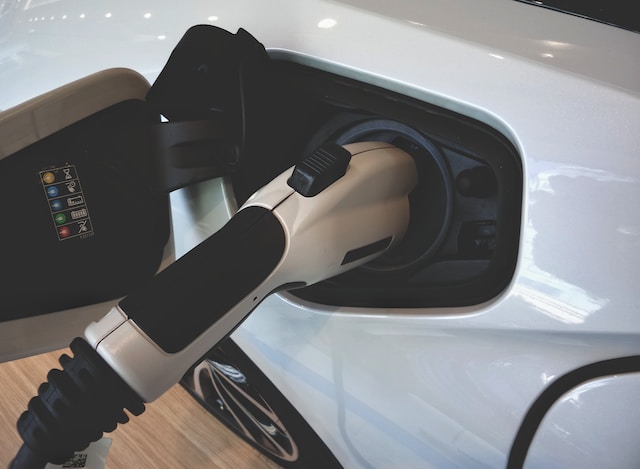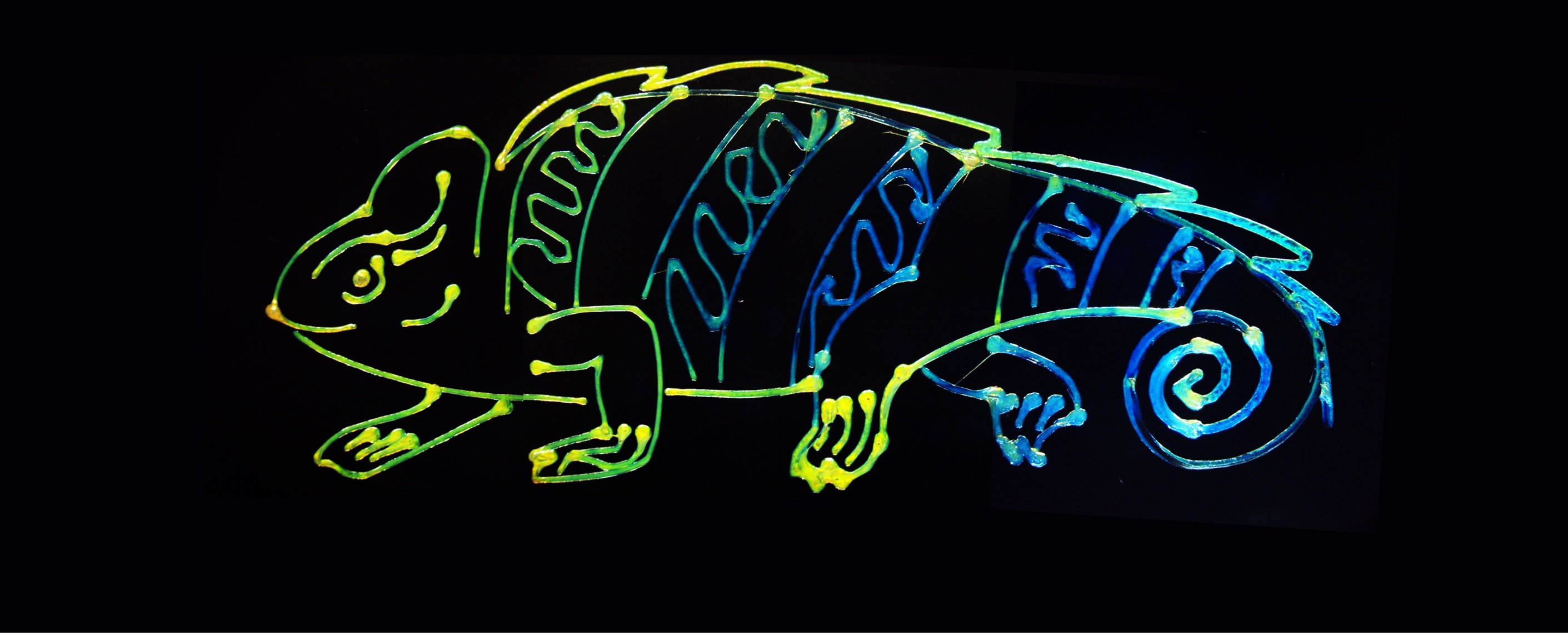Abbott Laboratories in North Chicago is currently testing robotic red blood cells or respirocytes in rats. According to a CNN report respirocytes or mechanical red blood cells will augment or replace human red blood cells carrying oxygen to the body and enhancing mental and physical performance. Respirocytes will be built using “molecular assemblers”, a kind of molecular printing process, in nano-factories.
Blood doping, used by some Olympians, is a process by which they improve oxygenation of blood so they can run faster and longer before getting tired. Scientists believe eventually people will be able to run at top speed for 20 minutes or swim underwater for up to two hours.
Robert Freitas, a researcher at the Institute for Molecular Manufacturing (IMM) describes respirocytes as artificial red blood cells about a micron in width that humans are not yet currently capable of creating. A respirocyte would have nanometer-scale components and consist of rotors, to release oxygen, gather carbon dioxide and process glucose.
Microelectricalmechancial Systems (MEMS) To Exponentially Expand Human Capabilities
At the center of many of the amazing claims about coming advancements in technology is the assumption that Moore’s Law is still valid and applies to humans and other biological organisms; this view has been expounded by Ray Kurzweil among others. Moore’s Law states the rate of technological progress over time is exponential. An example of this process can be seen in the advance of computer technology. In the 1950s computers occupied large rooms and cost millions of dollars. Today, a mere 50 years later, cell phones are thousands of times more powerful and of course much smaller.
Evidence for Moore’s Law like advancement is now being found in fields like genetics. The relatively recent human discovery of DNA as the basic building block of plants and animals has caused a huge paradigm shift in the way we think about life. During the past 10 million years, from the existence of simple single celled organisms to the emergence of plants, animals and humans, physical and technological capabilities of all kinds have been improving at exponential rates.
Blood Cell Size Devices
Humans can make things larger and more powerful can also much smaller an more delicate. It is expected that within the next 15 years it is likely nanotechnology will produce blood cell size devices that will perform medical procedures inside the body to make people healthier or detect and cure diseases. For more information of respirocytes see Artificially Induced Respiration (AIR).
The following video discusses respirocytes, a kind of robotic red blood cell.






